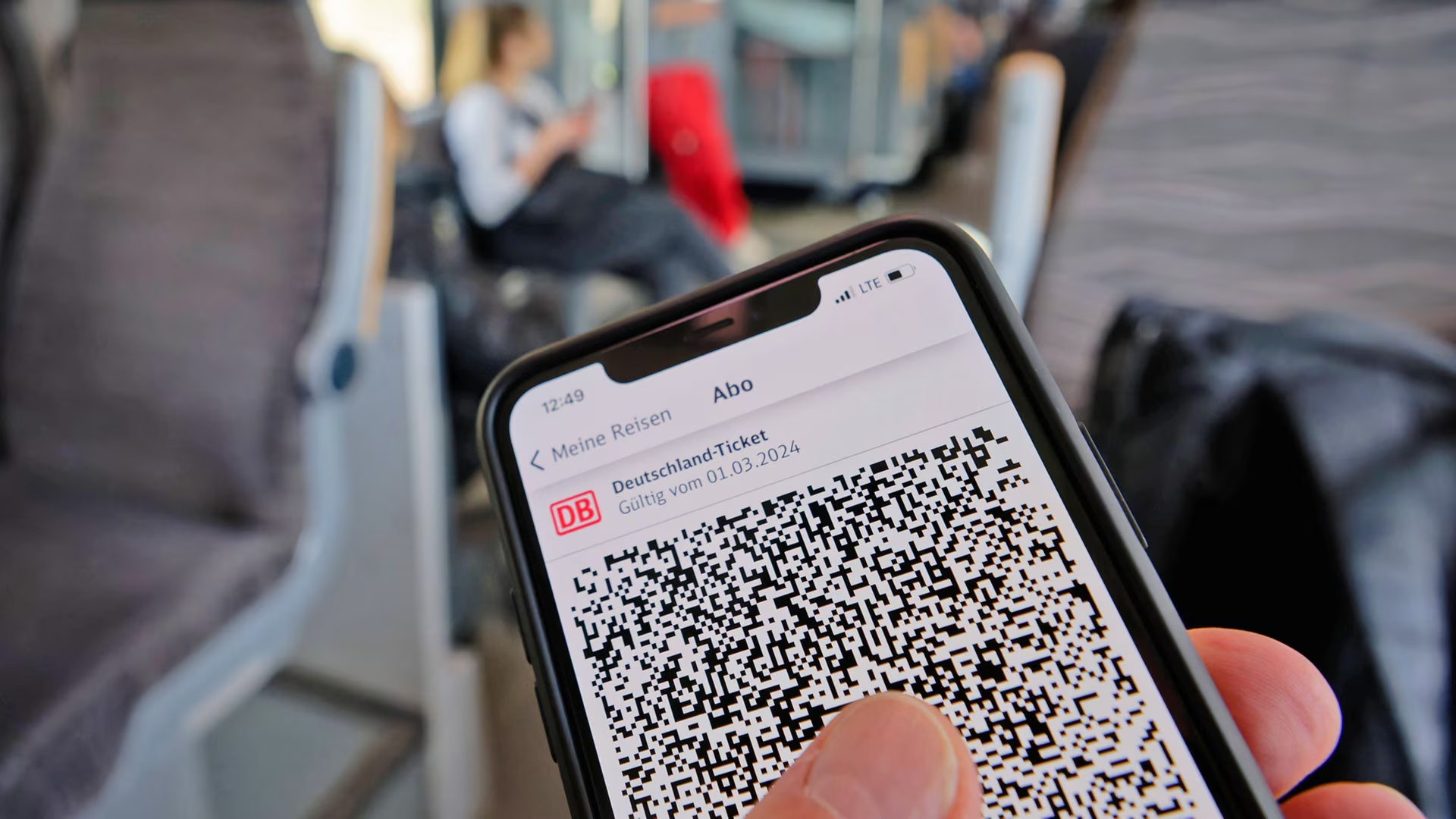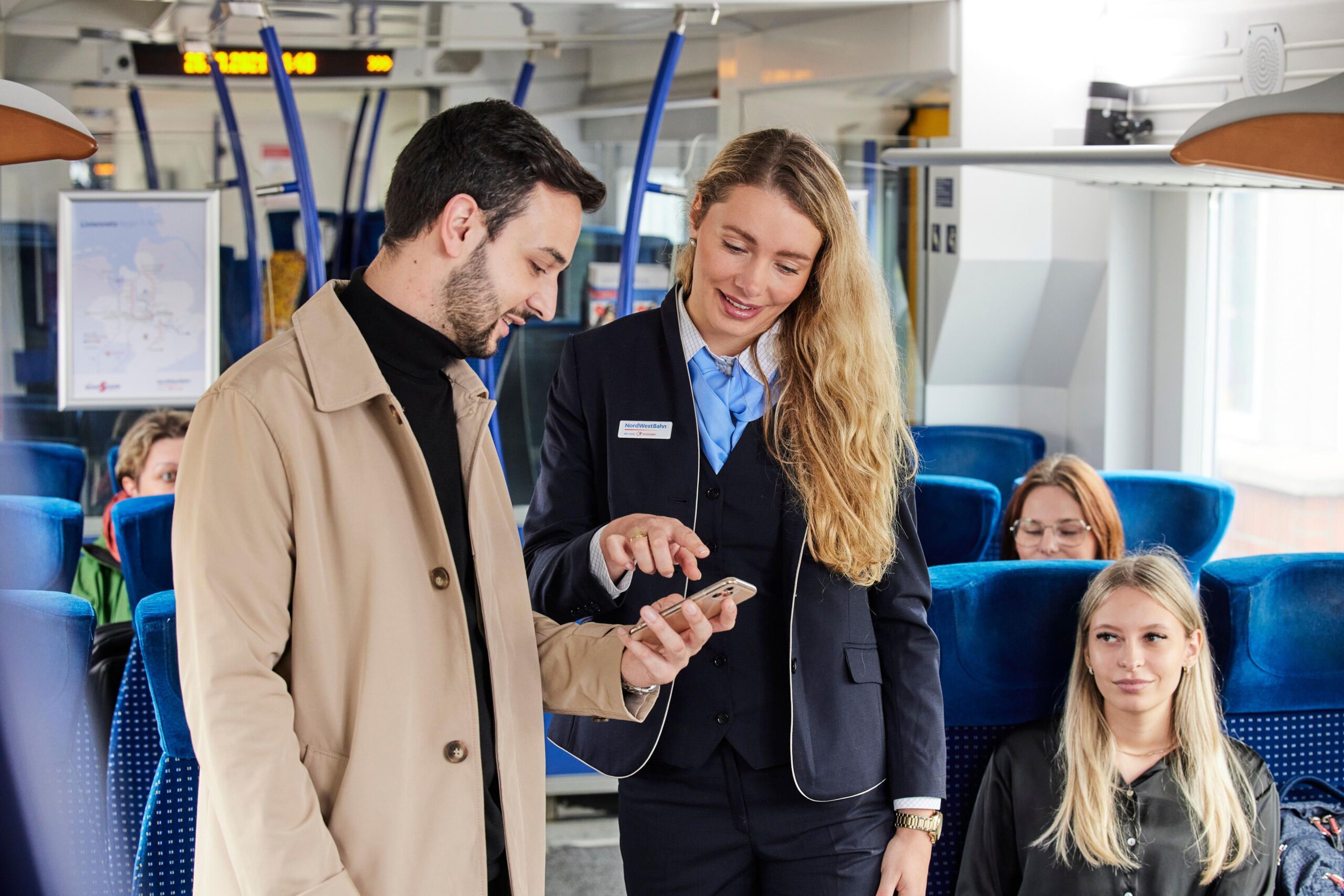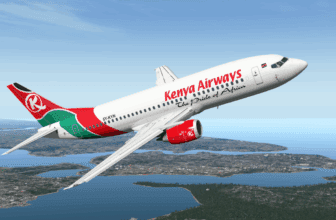
You know that feeling when you stumble upon a life hack so good you wonder why people aren’t shouting it from rooftops? That’s the vibe with the Deutschlandticket—Germany’s all-access monthly transport pass that pretty much rewires how you think about getting around. Whether you’re a student buzzing between lectures, a commuter dodging highway traffic, or just someone addicted to spontaneous weekend plans, this little piece of plastic—or QR code, if we’re getting modern—could be your new best friend.
Let’s be real: public transport in Germany has always been pretty solid. But the Deutschlandticket takes that idea, shrinks the price, expands the access, and adds a touch of freedom that was kind of missing before. It’s got that rare mix of substance and style—like a minimalist sneaker that also happens to be weatherproof and inexplicably affordable.
Here’s why we (and literally millions of others) are kind of obsessed with it.
What Exactly is the Deutschlandticket?
Imagine one ticket that lets you hop on almost any bus, tram, regional train, or S-Bahn across the entire country—any city, any state, any time. No ticket queues, no confusing fare zones, no late-night panics about catching the wrong route. That’s the Deutschlandticket in a nutshell.
For €49 a month, you get unlimited access to regional public transport across Germany. That means no more debating whether it’s worth paying €13.80 for a day ticket in Munich or sweating about zone boundaries in Berlin. Just scan, ride, and repeat.
It kicked off in May 2023, and let’s just say the uptake was huge. We’re talking over 10 million subscriptions fairly quickly. It wasn’t just hype—it solved a problem that’s been grinding people down for years: transport that felt too tricky, too expensive, or too fragmented.
Mobility Just Got Its Glow-Up
The Deutschlandticket is more than a pass—it’s a passport to freedom. Think about it. Want to spend the weekend in Cologne without paying extra? Done. Fancy a lakeside escape near Leipzig on a whim? Go for it. Visiting your best friend in Hamburg while working remotely from a café? You’re already halfway there.
It’s this ease of spontaneity that makes the Deutschlandticket kind of magical. It liberates your weekends and totally transforms your weekday grind. Suddenly, the train becomes not just a commute—but a space to breathe, nap, scroll, or read that book you’ve pre-tended to start for three months.
And if you’re into sustainability? This pass is a serious flex. Every trip you make with it signals a small (but real) shift away from cars and their carbon footprint. Honestly, it’s public transport’s moment, and we’re here for it.
Where It Works (And What to Know)
Quick rundown for the logistics lovers: The Deutschlandticket is valid on all local and regional transport. So you’re good with U-Bahns, S-Bahns, buses, trams, RE and RB trains across all 16 federal states. What it doesn’t cover? Long-distance IC, EC, and ICE trains or premium express lines like FlixTrain. That said, the regional train network is deeply underrated and connects way more dots than people realize.
Most major cities have seamless extensions too. For example, in places like Berlin or Frankfurt, your Deutschlandticket rolls smoothly across operators—so those quirky zone rules from the past? Basically irrelevant now.
And yes, you can cancel monthly. No trapdoor contracts. It’s all digital—available through DB’s app or regional transit providers—and activates as fast as your next direct debit clears.

Who’s Riding (And Why It’s Taken Over)
It started with commuters—people tired of paying €90+ monthly for city-only travel when they could now get access to the entire country for less than €50. But the wave grew fast. Students jumped on. Freelancers loved it for midday coffee runs in new neighborhoods. Even tourists started signing up, using it as a budget-friendly way to explore beyond major cities.
Let’s not ignore the creative crowd either. Weekend nomads, backpackers, van-lifers pairing regional rail with bike trails—it’s become a whole thing. Instagram is full of curated travel plans linked to regional train lines, scenic journeys like Munich to Füssen, or slow-travel guides to the North Sea—all using just this pass.
And there’s something kind of poetic about it: millions of people in motion, discovering hidden towns or just breaking away from routine routes. It’s mobility, democratized.
Travel Trends Powered by Deutschlandticket
If you’re wondering what’s trending, here’s a quick scroll through what Deutschlandticket fans are loving:
- Micro adventures: Think castles, forests, local breweries—all 90 minutes away by RE trains.
- Workations: Spend Monday to Friday in one city, then relocate to the mountains or beach for the weekend—without paying a cent extra on transport.
- Scenic train routes: Standouts like the Elbe Valley ride near Dresden or the dreamy stretch between Freiburg and Lake Constance are now way more accessible.
- Slow tourism boom: More people are skipping high-speed rail entirely, opting for the charm of local stops and less touristy vibes.
It’s not just changing how you get somewhere, but where you choose to go.
Is It Too Good to Be True?
Look, it’s not perfect. Regional trains can get packed, especially on Fridays or during summer travel peaks. And if you’re late for a meeting in another city, waiting an hour for the next connection might be a downer.
But let’s be fair. For less than dinner for two, you’re getting unlimited travel through Germany’s sprawling rail and bus system. That’s bonkers value. Plus, it encourages patience and planning—something this fast-paced world could use a bit more of.
And hey, the German government continues to fund and tweak the rollout. From digital ticket upgrades to compensation programs for delays, the infrastructure is improving because demand is sky-high. There’s even talk of adding limited IC access in future versions… we’re watching this space.

What Sets It Apart from Other Euro Passes
There are other country passes out there—sure. But most are aimed at tourists, short-term visitors, or wildly priced for what’s on offer. The Deutschlandticket is different. It’s designed for everyone—locals, long-stayers, students, travelers, migrants—who want access without stretching their budget.
It’s not flashy, it’s not covered in logos, and it doesn’t pretend to be something it’s not. And that’s kind of why it works so well. It’s built for real life—missed connections, weekly routines, sudden detours and all.
The Verdict: You Don’t Just Buy It—You Use It
The Deutschlandticket isn’t some novelty gadget. It’s a quiet shift in how people move, plan, and live—one QR code at a time. If you’ve ever daydreamed about exploring Germany off the beaten path, without draining your wallet or juggling 12 different ticket apps, this is your sign.
You’ll start by using it for the basics—to work, to class, to family visits. Then one weekend, maybe you’ll catch a train just to chase a sunset two cities over. And oh—by next month? That little regional train map won’t just be a timetable. It’ll start looking more like a bucket list.









